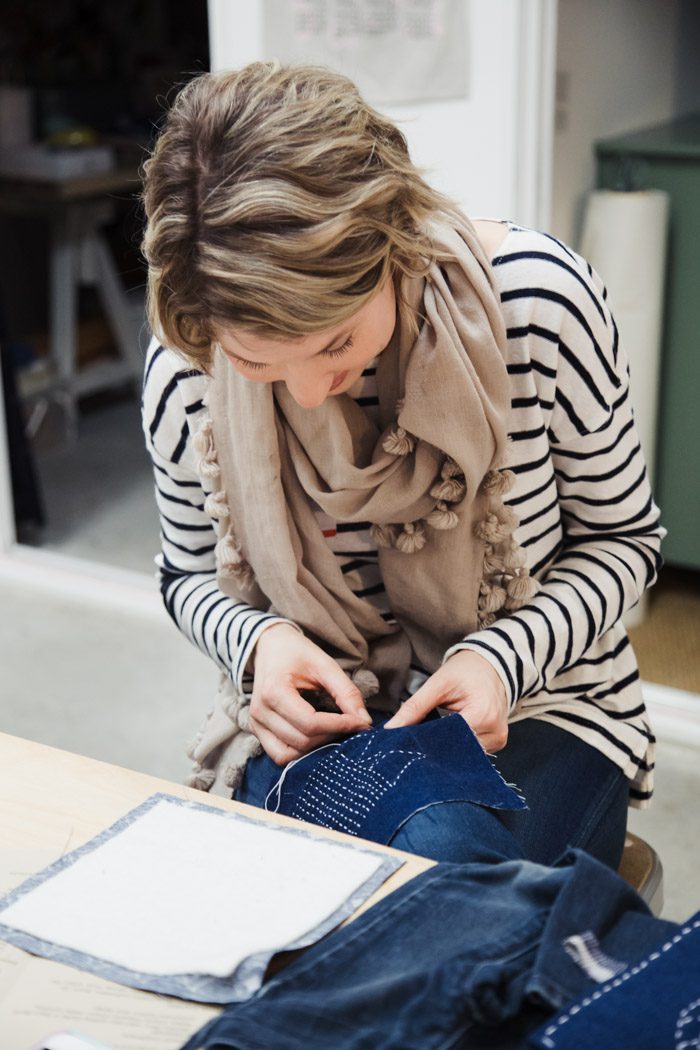

An interesting conversation about tomorrow—International Women’s Day, and the A Day Without a Woman strike—emerged in the comments on Friday’s post. I had shared my fear that the strike will have the same divisive effect—by class and race—that derailed first-wave feminism and it led to a really provocative conversation. Here’s the thing: it’s not the exact protest I would have chosen, and I continue to worry about losing momentum from the Women’s March, but the motivations behind the strike—in particular gender inequality in the realm of parental leave policies and women’s health access—are some of the causes I feel most passionate about.
As someone who doesn’t work in an office, I find it interesting to think about what would be required for my day to really be a day without a woman: No school for my children. No childcare. Aron would need to take the day off. Even arriving at that necessary conclusion might be eye-opening in some households. (As it likely was during the Women’s March on Washington.) And so while I think it’s worthwhile to continue to discuss what actions are the most impactful and inclusive, I will nonetheless be supporting the strike tomorrow as best I can. Here are some of the ways suggested.
All of this is a long tangent to say that the Grab Your Wallet aspect of the strike—where one refrains from making any purchases for the day—reminded me of a mending class I took last year…

For my friend’s birthday, her mother invited a group of women to meet at The Handcraft Studio School in Berkeley for a Sashiko Mending Class.
Literally translated as “little stabs,” sashiko is a form of decorative reinforcement stitching that can give new life to old objects. It goes hand in hand with the Japanese “boro”—repaired textiles with many patches and stitches, often layers upon layers. The flaw in the fabric is turned into something beautiful.
The instructor, Katrina Rodabaugh, had committed to the technique as social activism: after the factory fire in Bangladesh in 2013, she “focused on making [her] own clothing, shopping for thrifted, vintage, and/ or used clothing, and learning the disappearing crafts of mending, darning, preserving and making garments. [She] did not buy any new clothing for one entire year.”
I wish I could say that I put the skill to use in my own closet. My tea quilt from that afternoon remains my only attempt at the hand-stitching-practice. But her art-as-action passion was inspiring, as was the activity of trying a new craft, learning a new skill, and sitting down with a wonderful group of women.
I’d love to hear your thoughts—on the strike, on Sashiko, on new crafts worth trying—or on anything else.
Happy Women’s Day!






































8 Comments